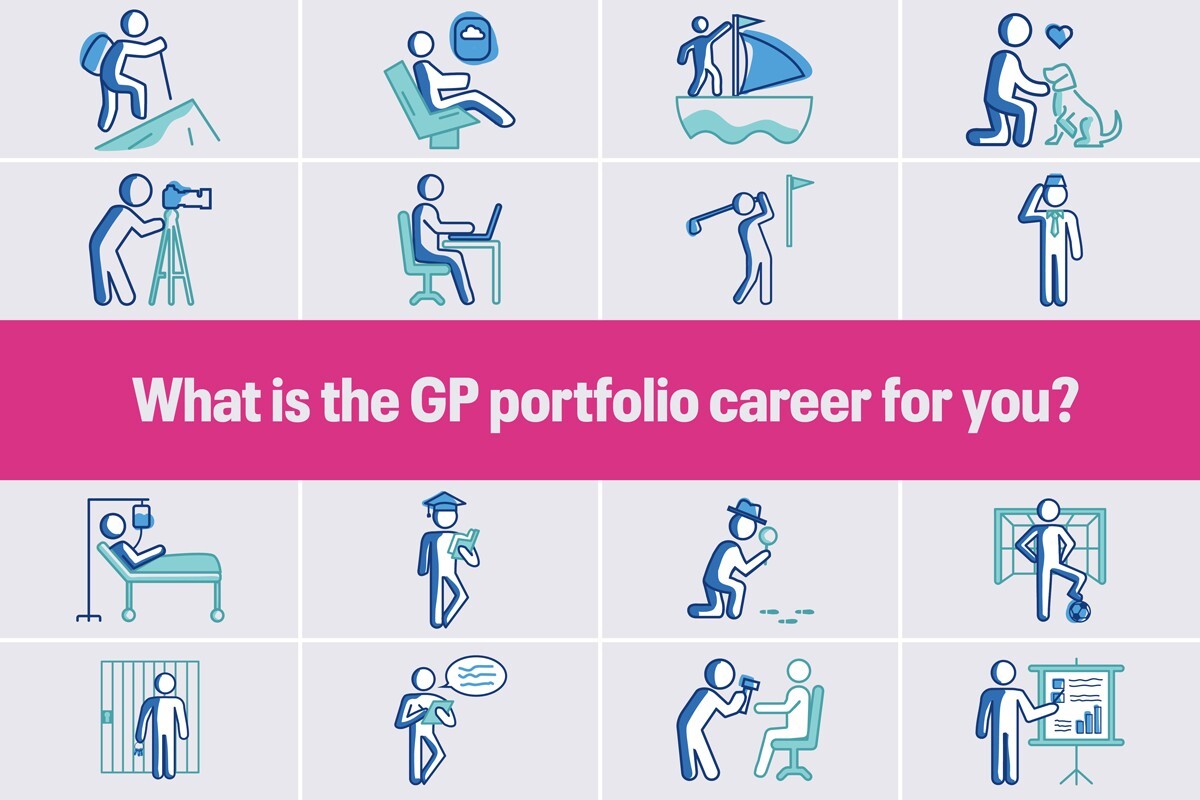Why is complementary medicine so popular?
Anyone who has followed this blog knows that complementary and alternative medicine (CAM) remains a hotly debated and divisive subject. While enthusiasts claim that homeopathy, for instance, is ‘at the leading edge of pragmatic healthcare’,1 others insist that it ‘is a risk to the population’.2 Meanwhile, many consumers seem to have made up their minds: each year the market for CAM products is growing by around 7%.3
So why do people spend good money on CAM, and why is it so popular?
It is, of course, tempting to point out that the media grossly and regularly misinform about CAM, that politicians are not much better, and that many consumers seem to be gullible and have more money than sense.4 While there may be some truth in all of this, it is clearly not the whole story. If consumers continue to spend considerable amounts of money on CAM (one estimate suggests that Britons spend £1.6 billion per year on CAM), it would seem unreasonable to postulate that they do so without experiencing some benefit.5
It could, of course, be that all or most forms of CAM are efficacious and safe. However, after carefully weighing the scientific evidence, this rather obvious explanation has to be abandoned as obviously false.6 Several thousand clinical trials have tested the efficacy of various types of CAM but their results fail to identify any CAM therapy which demonstrably cures any disease, and only a few have been shown to generate symptomatic improvements that are sizable enough to be clinically relevant.
The benefit must therefore be elsewhere. Could it be that well-being and quality of life improve, not as a result of any specific effects of the treatment itself, but through the context in which CAM is provided?
As so often, homeopathy may serve as a good example. Over a dozen systematic reviews have concluded that homeopathic remedies are nothing more than placebos.7 Yet observational studies invariably demonstrate that patients feel better after consulting a homeopath.8
The most plausible explanation for this phenomenon is that patients benefit from the non-specific effects of the homeopathic consultation despite the fact that the prescriptions they receive are pure placebos. This hypothesis is supported by numerous surveys showing that many patients consulting a CAM practitioner do not really seek effective medicines but look for a ‘strong therapeutic relationship with procedures who listen and provide time – ‘even where CAM has no scientific evidence’.9, 10 The hypothesis has also been confirmed more directly: a recent trial demonstrated very clearly that it is not the homeopathic remedy but the consultation which brings about clinical improvements.11
But what about the plethora of dietary supplements, homeopathic remedies and gadgets sold over the counter? In such situations, there is no compassionate therapist to maximise placebo effects. Surely, in the absence of a therapeutic consultation, there can be no placebo or context-effects! Not quite – if the ‘worried well’ spend money on such products, it is likely that they expect them to work. After all, expectation can determine health outcomes, and the incessant media hype around CAM certainly does raise expectations.12,13 Self-prescribed CAM might thus be akin to the cosmetic industry with its archetypal sales slogan: ‘You’re worth it!’ And the commercial success of the treatments in question could be little else than a triumph of irresponsible advertising over rational thinking.
But not all CAM patients are ‘worried well’, I hear my critics say, and I agree entirely with them. In fact, many patients are severely ill and desperate. Rightly or wrongly, they often feel let down by conventional medicine. They may be disappointed that their illness cannot be cured, or that their treatment causes side-effects which make their life a misery. ‘Natural’ treatments, on the other hand, are promoted as inherently safe. This myth is perpetuated in many ways, and today an entire industry lives very well on this fundamental misunderstanding. Modern medicine may be effective for many conditions but it also tends to dehumanise its patients. Those who use CAM are often less satisfied with and have less confidence in conventional care than those who do not use it.14,15 Raymond Tallis put it succinctly - he wrote that CAM ‘offers meaning to someone who may feel that the scientific facts of their case do not translate into personal meanings, and who feel their illness, their suffering, indeed themselves, caught in the stony, un-reciprocating “gaze from nowhere” that is created by the ever more abstract and complex discourse of the community of scientific minds’.16 Similarly, the report by the House of Lords stated that ‘the holistic approach of CAM, the individual emphasis, the greater time spent on patients by practitioners…[are] all very popular reasons’… for patients’ satisfaction with CAM.17
So, in conclusion, why is CAM so popular? It seems that there is no single but many answers to this question. GPs need to understand this complexity to provide responsible guidance. Moreover, GPs might contemplate whether some of the reasons for the popularity of CAM do not, at the same time, constitute important criticism of modern primary care. Considering such criticism constructively might even diminish patients’ need for unproven or disproven treatments.
Professor Edzard Ernst is the emeritus professor of complementary medicine at the Peninsula Medical School, University of Exeter
References
1. Bell IR. Foreword to Kayne SB(ed), Homeopathic practice. Pharm Press, London. 2008.
2. Anon. Homeopathy is putting people's lives at risk, warns top scientist. The Daily Mail. 2007.
3. Mintel Oxygen Reports. Complementary Medicines - UK. 2007.
4. Singh S, Ernst E. Trick or treatment? Alternative medicine on trial. Bentham, London. 2008.
5. Ernst E, White AR. The BBC survey of complementary medicine use in the UK. Complement Ther Med 2000; 8:32-36.
6. Ernst E, Pittler M, Wider B, Boddy K. Oxford Handbook of Complementary Medicine. Oxford: Oxford University Press; 2008.
7. Ernst E. A systematic review of systematic reviews of homeopathy. Br J Clin Pharmacol 2002; 54:577-582.
8. Spence DS, Thompson EA, Barron SJ. Homeopathic treatment for chronic disease: a 6-year, university-hospital outpatient observational study. J Altern Complement Med 2005; 11:793-798.
9. McCaffrey AM, Pugh GF, O'Connell B. Understanding patient preference for integrative medical care: results from a focus group. J Gen Int Med 2007; July:1500-1505.
10. Chan HO, Whitehead D. The use of CAM in a New Zealand-based general practice: A multiple case-study. Complement Ther Med 2008; 16:36-41.
11. Brien S, Lachance L, Prescott P, McDermott C, Lewith G. Homeopathy has clinical benefits in rheumatoid arthritis patients which are attributable to the consultation process not the homeopathic remedy. A randomised controlled clinical trial. Rheumatology 2011; 50(6):1070-1082.
12. Ernst E. Placebo: new insights into an old enigma. Drug Dis Today 2007; 12(9/10):413-418.
13. Dunne A, Phillips C. Complementary and alternative medicine. Representation in popular magazines. Aust Fam Phys 2010; 39(9):671-674.
14. Jean D, Cyr C. Use of complementary and alternative medicine in a general pediatric clinic. Pediatrics 2007; 120(1):e138-e141.
15. Conboy L, Kaptchuk TJ, Eisenberg DM, Gottlieb B, Acevedo-Garcia D. The relationship between social factors and attitudes toward conventional and CAM practitioners. Complementar Ther Clin Pract 2007; 13:146-157.
16. Tallis R. The mystery and the paradox of scientific medicine. Clin Med 2008; 8(1):75-78.
17. House of Lords Select Committee on Science and Technology. Complementary and alternative medicine. Report. 6th report. Session 1999-2000. (HL123) ISBN 0 10 483 1006 London; The Stationery Office. 2000.
Portfolio careers
What is the right portfolio career for you?













